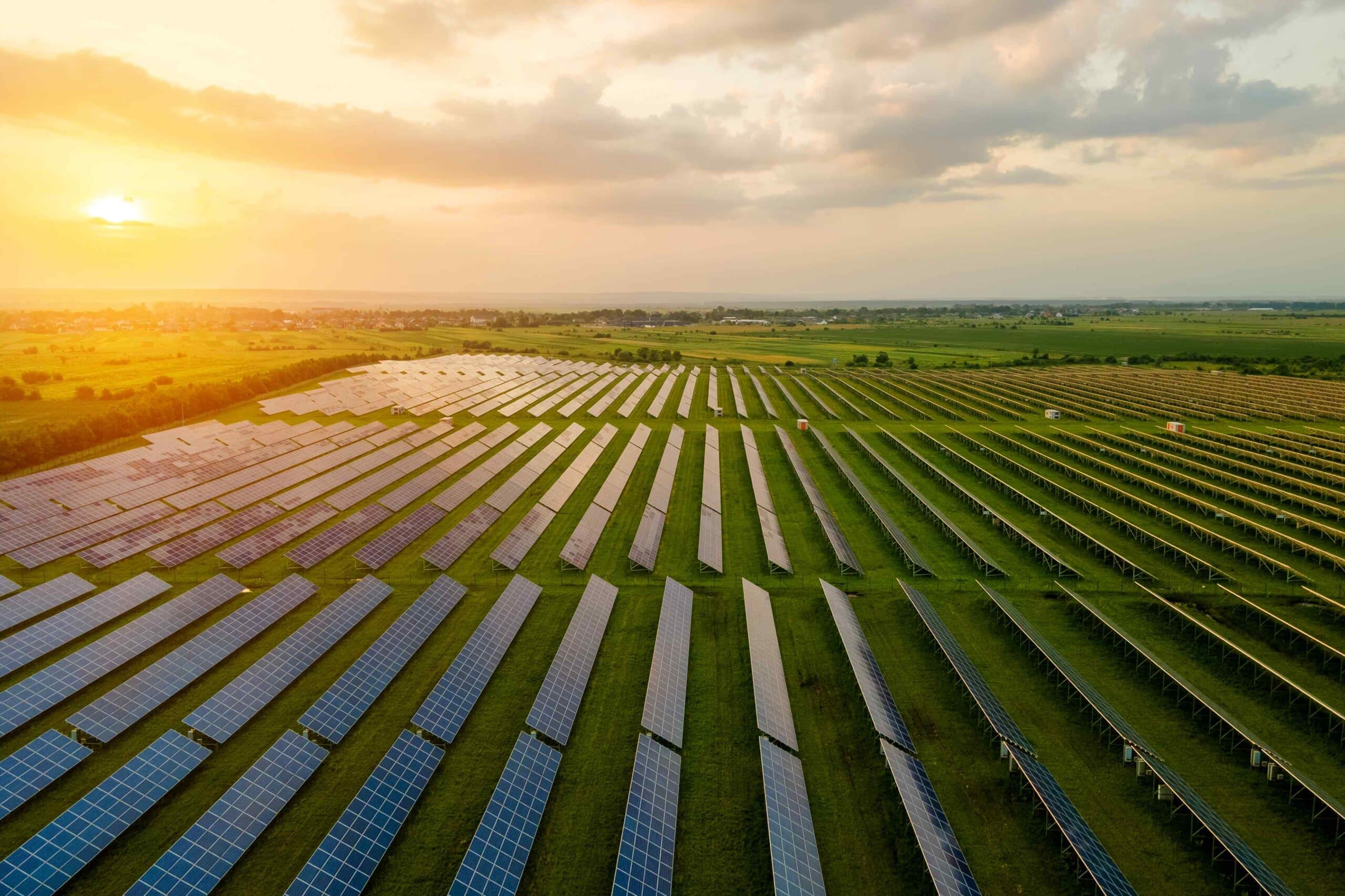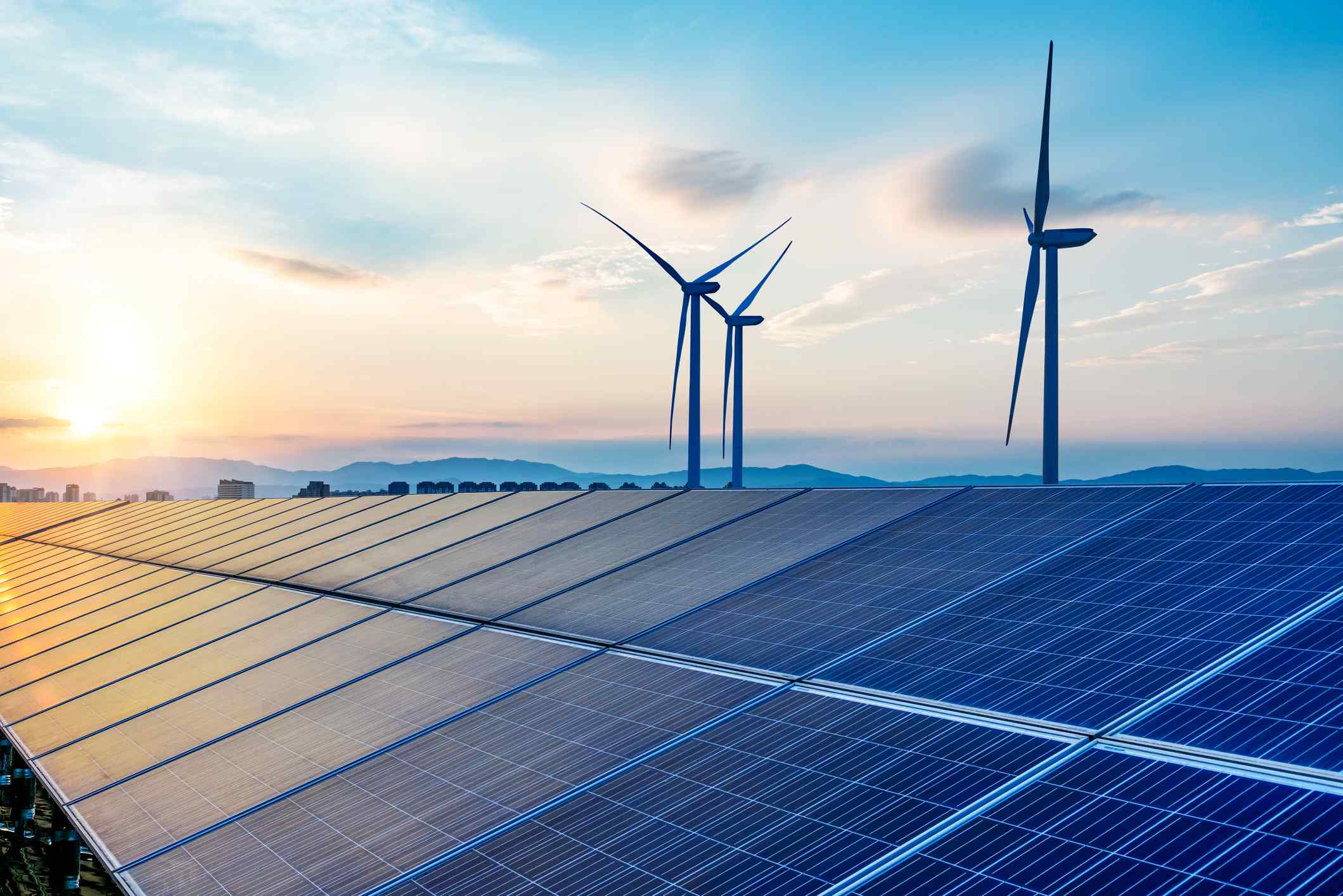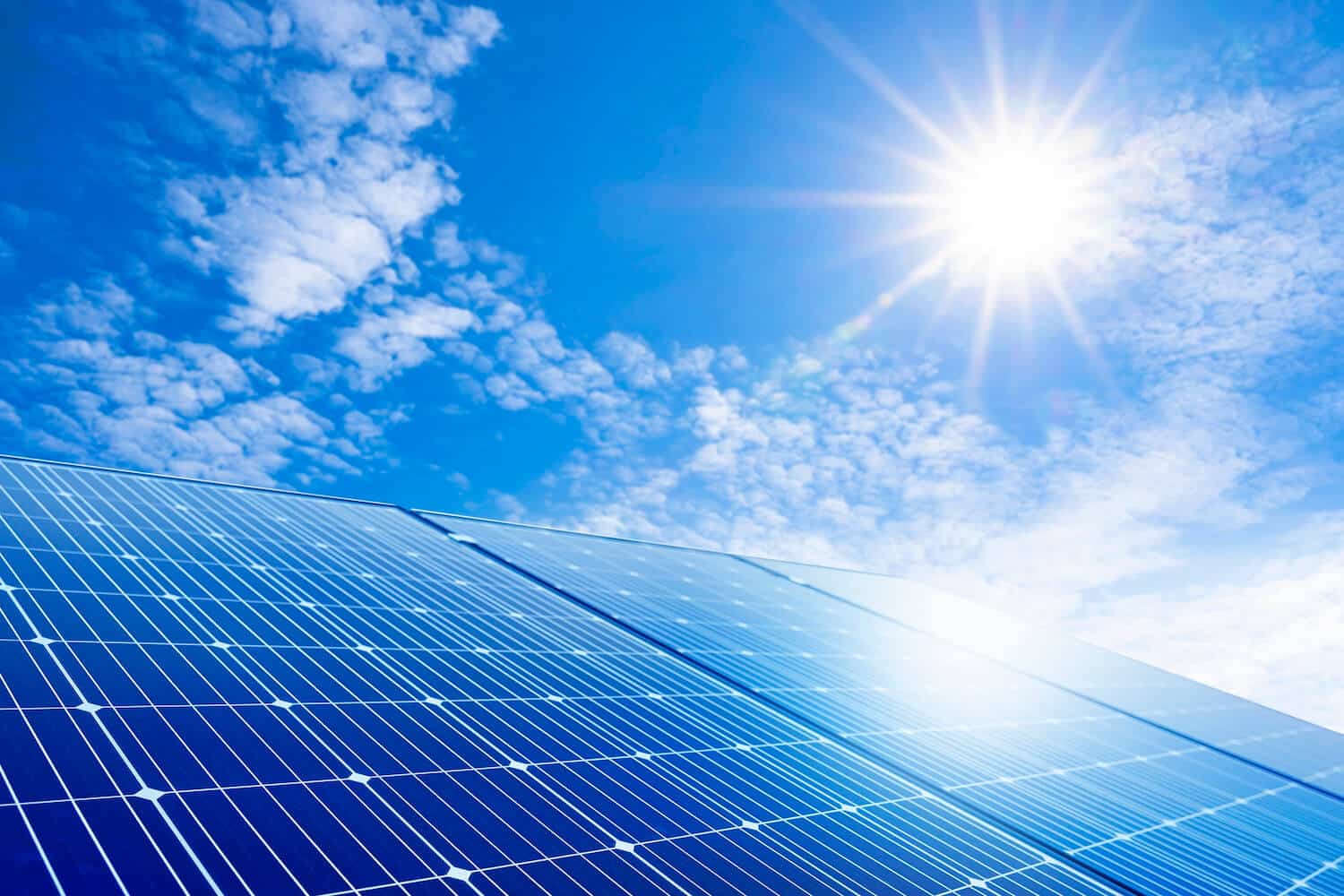POSTED
July 20, 2023
Can I Lose Money Investing In Solar?
Investing in solar energy is an easy yes because of its clear environmental and economic benefits. However, it is also essential to understand the risks involved before jumping in so you don’t lose money investing in solar. If you are an accredited investor, you know that no investment comes without risk. Investing in solar is […]

Investing in solar energy is an easy yes because of its clear environmental and economic benefits. However, it is also essential to understand the risks involved before jumping in so you don’t lose money investing in solar.
If you are an accredited investor, you know that no investment comes without risk. Investing in solar is no exception. The quick answer to, “Can I lose money investing in solar?” is yes. But the next question is, how?
In this blog post, we will walk through the potential pitfalls you might face when investing in solar energy projects so that you can make an informed decision about whether or not it is a suitable investment for your portfolio.
Different types of solar investments come with different levels of risk
As you consider investing in solar, it is important to understand the variety of of solar investments. Each one carries a different level of risk of “losing money.” Let’s go over some of the most common options.
Low risk: buying solar stocks
Buying solar stocks is a generic and largely “safe” option. Stocks depend on the market but are primarily for established companies that should be experienced and highly diversified.
However, with low risk comes low return. You might see an average annual return as high as 15% or as low as 0% over a 10-year period with solar stocks.
High risk: private investment in a single solar farm
Private investment in a single solar farm is a bolder, riskier option. You can choose whether it is the 100% investment risk of your own farm, or the partial risk of being a shareholder in another farm. There may be little to no experience with private investment, and there is usually minimal diversification.
There may be high returns, but private investment also comes with high risk. The average annual return on a private investment in a single solar farm will vary widely. The result could be positive or negative, and the investment period could be as much as 25-35 years.
Medium risk: investing in a solar fund
Finally, you can make a direct and impactful investment in a solar portfolio or a solar fund.
With the fund option, there is an established track record of success and experience, of property, and high diversification of funds.

Investing in a solar fund can be classified as a medium level of risk, but has an incredible opportunity for a very high return. Investors see an average annual return of as much as 30% over a five year period with our Summit Power Fund.
Risks to consider with solar investing
Investing in solar inherently carries risk! Let’s take a look at a few of the main risk factors that you should consider.
Environmental: unknown species incidents
It can severely stress or even stop a project if an endangered animal species lives in the area, or a native animal suddenly becomes endangered.
Archeological occurrences
Occasionally, a land survey finds bones or pottery on the solar farm area. Such findings can delay or cancel a project as teams work with indigenous communities toward a reburial.
Jurisdiction risk
Different jurisdictions carry some risk. In San Bernardino, California, a single county board meeting at the local level outlawed solar. A 1,500-acre solar farm project was completely canceled, along with many other solar projects in the county.
Government policy
As laws change to favor or disfavor solar development, large projects can be impacted positively or negatively.
NIMBY-ism
Most of us have heard (or even said), “Not in my backyard!” Everyone likes the concept of solar, but not always in their own backyard or neighborhood.
Technological
In some cases, cleaner energy versions such as nuclear energy have superseded solar development.
How the Summit Power Fund helps solar investors manage financial risk
Our flagship solar fund, Summit Power Fund, is the perfect way for accredited investors to minimize risk while reaping a tremendous reward.
You could earn twice the return in half the time compared to solar stocks. You could earn a return in a quarter of the time by investing in the Summit Power Fund versus investing in your own farm.
Here is how we ensure our investors earn the highest reward for the lowest risk—and don’t lose money on solar.
Refundable utility deposits
Refundable utility deposits cover roughly 90% of Shasta Power’s current costs.
Fund diversity
Shasta Power safeguards against risk by diversifying funds across multiple areas including investors, sites, and developers.
Zero debt
We do not currently deal in debt. This statement may change in the future, but our team prefers the clean, simplicity of equity-only offerings wherever possible.
This means we operate untethered to any institution, creating a dynamic machine that delivers results straight from the source of our collective experience.
We carry insurance
The developer indemnifies the landowner against liability from any injuries occurring on their land during the investigation period and before and after operations begin on the solar farm.
Our projects are sold before construction
This eliminates the risk of investors losing money due to natural disasters wiping out the plant, changes in laws or governance, lawsuits or liens during construction, etc.
Invest directly in solar through Shasta Power
Watch a free webinar from Shasta Power partners Max and John to learn more about renewable energy and why it is a powerful place to invest your investment funds.





